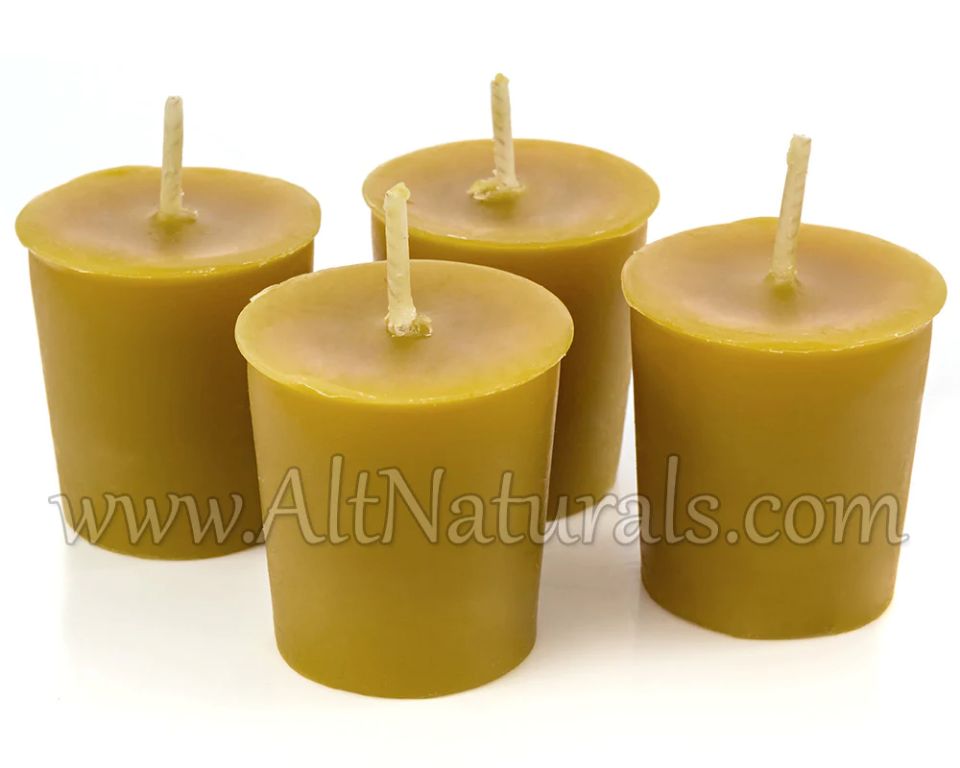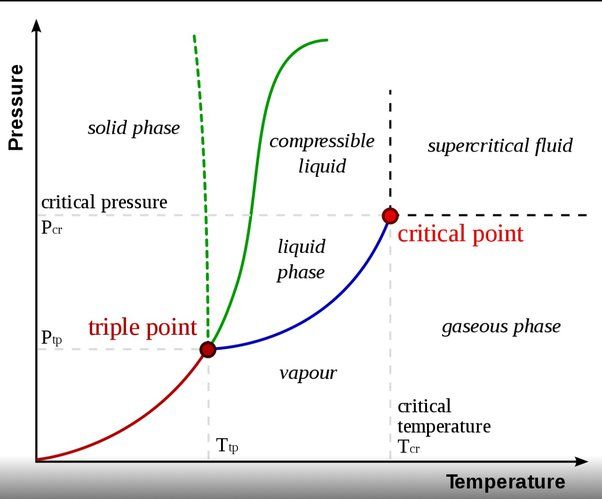Is Beeswax Better Than Soy Wax For Candles?
Beeswax and soy wax are two popular natural wax options for candle making. Beeswax is a wax produced by honey bees for constructing honeycomb cells. Soy wax is made from hydrogenated soybean oil. Both offer potential advantages and disadvantages compared to each other and synthetic waxes like paraffin.
This article provides an overview comparing beeswax versus soy wax for candles. Key factors examined include aroma, burn time, melting point, smoke and soot production, cost, and availability. The goal is to understand the key similarities and differences between beeswax and soy to determine if one wax is better for candle making.
Beeswax Properties
Beeswax is a natural, renewable resource that comes directly from honeybees. It is made when worker honeybees metabolize honey and pollen (Hon’s Honey, 2021). Since beeswax comes from nature, it is 100% biodegradable and environmentally friendly.
Beeswax is non-toxic, emits no petroleum byproducts when burned, and is free of contaminants. It contains no added dyes or fragrances. Beeswax is hypoallergenic and does not aggravate allergies. It has a honey-like scent when burning due to natural honey remnants in the wax (Creative Candles, n.d.).
The production of beeswax does not harm honeybees. On the contrary, farming beeswax helps provide economic incentive to beekeepers to maintain healthy hives. So beeswax production actually supports sustainable beekeeping practices (Hon’s Honey, 2021).
Soy Wax Properties
Soy wax is made from hydrogenated soybean oil. Since it comes from a renewable resource, soybeans, soy wax is considered a sustainable and environmentally friendly option for candle making. Soybeans can be replanted after harvest, making soy wax a renewable resource (https://www.waxpoeticcandlebar.com/blog/why-soy-wax).
After the soybeans are harvested, the oil is extracted and hydrogenated. This process converts the soybean oil into a solid wax with a melting point suitable for candle making. The hydrogenation process allows soy wax to burn slowly and cleanly.
One of the main benefits of soy wax is that it is biodegradable. Since it is made from plant-based soybean oil, soy wax will break down through natural processes over time. This makes it less taxing on the environment compared to paraffin wax, which is a petroleum byproduct. Soy wax remnants can breakdown in landfills, whereas paraffin wax will remain intact for long periods of time (https://www.pureintegrity.com/blog/soy-wax-healthier-choice-candle-addiction.html).
Aroma
There is a clear difference in aroma between beeswax candles and soy wax candles. Beeswax candles have a natural honey aroma, which comes from bees producing the wax. According to The Sojourn Company 1, the scent of beeswax candles can be described as having “a mild, sweet, natural honey aroma” that many find pleasing. In contrast, soy wax candles are odorless and do not have an inherent fragrance on their own.
The honey scent of beeswax can enhance the aromatic experience when essential oils are added to candles. Beeswax is able to hold and disperse fragrance oils better than soy wax. This results in beeswax candles often having a stronger scent throw than soy candles. For those seeking candles with a fuller aromatic presence, beeswax is the better choice over scentless soy wax.
Burn Time
Beeswax candles tend to burn longer than soy wax candles. This is because beeswax has a higher density and melting point than soy wax (Beeswaxco.com). The dense structure of beeswax allows it to burn slowly and evenly for a longer period. Soy wax has a softer consistency so it tends to burn faster. One test found beeswax candles to burn around 45 hours compared to 35 hours for soy (Candlesbyluma.com). The longer burn time makes beeswax a better choice if you want fewer candle replacements.
Melting Point
Beeswax has a higher melting point than soy wax. The melting point of beeswax is around 144-147°F, while the melting point of soy wax is 115-135°F (source: https://www.candlesbyluma.com/blogs/news/soy-candles-vs-beeswax-candles).
The higher melting point makes beeswax better suited for candles, as it will not melt as quickly when the candle is lit. Soy wax’s lower melting point means it can start to melt and bend out of shape in warmer environments. Beeswax’s sturdier structure helps candles retain their shape for longer (source: https://sojourncompany.com/blog/soy-wax-vs-beeswax/).
The high melting point also allows beeswax to burn longer and more evenly than soy wax. Soy wax tends to burn quicker since it melts faster when heated (source: https://www.candlesbyluma.com/blogs/news/soy-candles-vs-beeswax-candles).
Smoke & Soot
When it comes to smoke and soot production, beeswax and soy wax candles differ significantly. Beeswax candles tend to produce less smoke than soy candles, but more soot.
According to this source, beeswax candles burn cleaner than soy candles, releasing less smoke into the air. The natural beeswax contains more scent molecules, meaning less wax needs to be burned to produce fragrance. This results in less smoke.
However, the downside is that beeswax produces more soot or carbon buildup on candle holders and jars. The soot is a result of incomplete combustion and beeswax’s natural composition. The soot can dirty candle holders, but can be cleaned off.
In comparison, soy wax has more complete combustion and does not release much soot. But soy wax candles tend to produce more smoke because more wax needs to be melted to diffuse fragrance into the air. The increased smoke can be irritating for some people.
Overall, those sensitive to smoke may prefer beeswax, while those concerned about soot buildup may lean towards soy wax. It’s a tradeoff between smoke and soot production.
Price
Beeswax is significantly more expensive than soy wax. Beeswax costs around $17 per pound, compared to soy wax which only costs $5-10 per pound (Jessicawellinginteriors.com, 2022). The higher price of beeswax is due to the labor intensive process of collecting beeswax from beehives. Pure beeswax is difficult to source in large quantities, driving the price up. Soy wax, on the other hand, is made from hydrogenated soybean oil which is inexpensive and abundant.
The price difference between beeswax and soy wax can be substantial for candle makers. Beeswax candles often cost 2-3 times more than soy candles. For consumers, this higher price may be worthwhile for some who value the natural origin and aroma of beeswax. However, for many budget-conscious shoppers, soy wax candles provide an affordable alternative without sacrificing much in terms of quality.
Availability
When it comes to availability, soy wax has a clear advantage over beeswax. Soy wax is made from soybean oil, which is a mass-produced crop grown across the world. Soy, on the other hand, is one of the cheapest wax options, especially in the eco friendly candle market.
Beeswax, on the other hand, relies on honeybee production. While honeybees are found globally, the wax production is limited compared to the vast soybean crops. Beeswax is by far the most expensive candle wax on the market because of its scarcity and production methods.
For candle makers, soy wax is the clear choice in terms of availability and affordability. Soy wax can be purchased from major retailers and distributors across the country. Beeswax, however, is harder to source and often requires specialty retailers at a premium cost.
Conclusion
In summary, beeswax and soy wax each have their own pros and cons for candlemaking:
Beeswax pros:
- Natural wax made by bees
- Sweet honey aroma
- Higher melting point means slower burn
- Minimal soot

Beeswax cons:
- More expensive than soy wax
- Not vegan
- Limited availability
Soy wax pros:
- Vegan wax made from soybeans
- Affordable price
- Wide availability
- Customizable with fragrances and colors
Soy wax cons:
- Can produce more soot
- Shorter burn time
- Less natural aroma
In determining whether to use beeswax or soy wax, candlemakers must weigh the factors of cost, performance, availability, and sustainability based on their specific needs and preferences.





